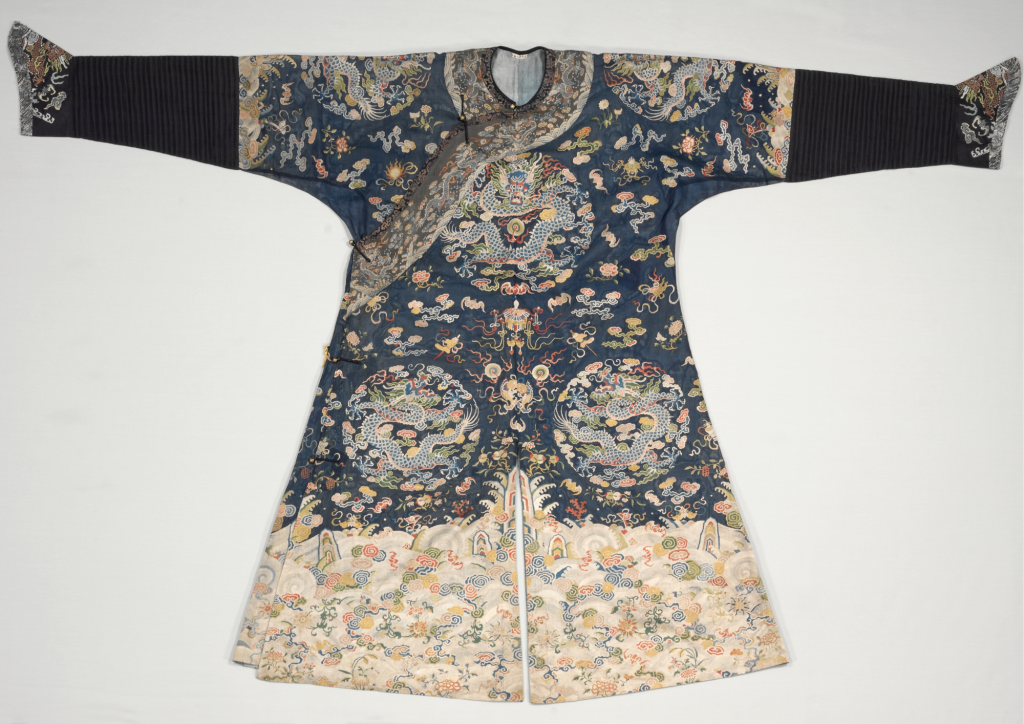






We study the organizational demography of the Qing civil service from 1830 to 1911. Before the 20th century, the Qing bureaucracy was one of the largest non-military organizations in the world in terms of numbers of regular employees. At any given time, approximately 13,000 officials held formal appointments. We present the basic features of its organizational demography using data on nearly all civil officials with formal appointments from 1830 to 1912. We make use of longitudinally linked records of officials in the China Government Employee Database – Jinshenlu (CGED-Q JSL) to reconstruct rates of exit from service, the career lengths of officials, and the number of years since first appointment for currently serving officials. While previous studies of the Qing have examined turnover in specific types of posts, they have not considered the dynamics of complete careers. We find that exit rates in the first year of service were high and then low and stable afterward. While most officials only served for a short time, currently serving officials were relatively experienced. We also show that rates of exit from service declined for much of the last half of the 19th century, and then increased in the first decade of the 20th century. Declining turnover in the last half of the 19th century would have reduced opportunities for degree holders seeking posts and for officials seeking promotion at a time when the number of holders of purchased degrees competing for posts was increasing. We also compare different categories of officials. The results not only illuminate basic features of the organizational demography of Qing officialdom, but also provide a baseline for interpreting results from case studies of specific groups of officials or specific time periods.





